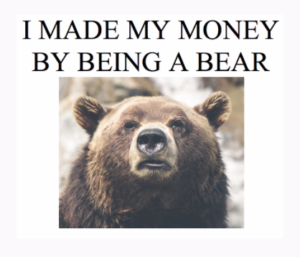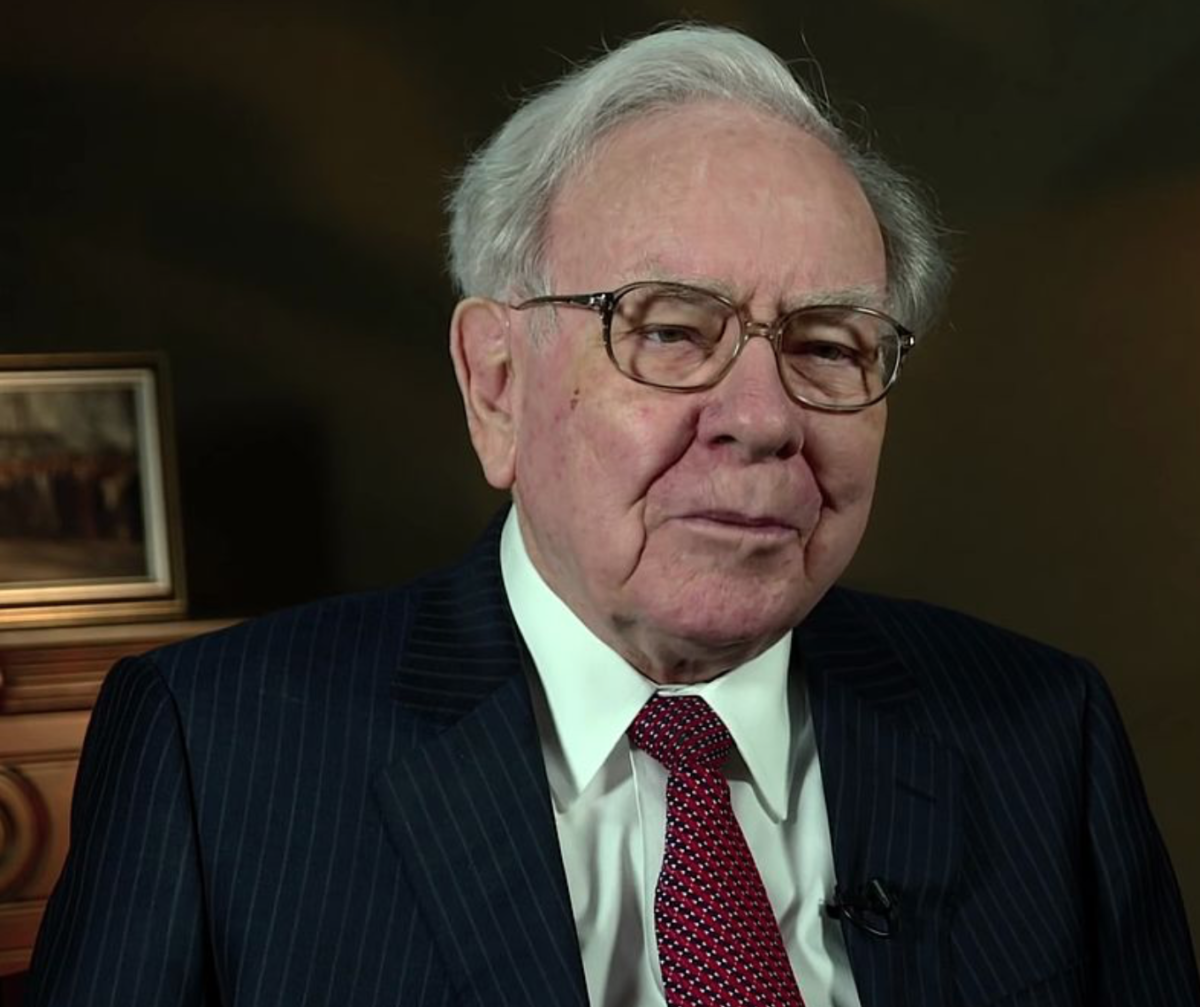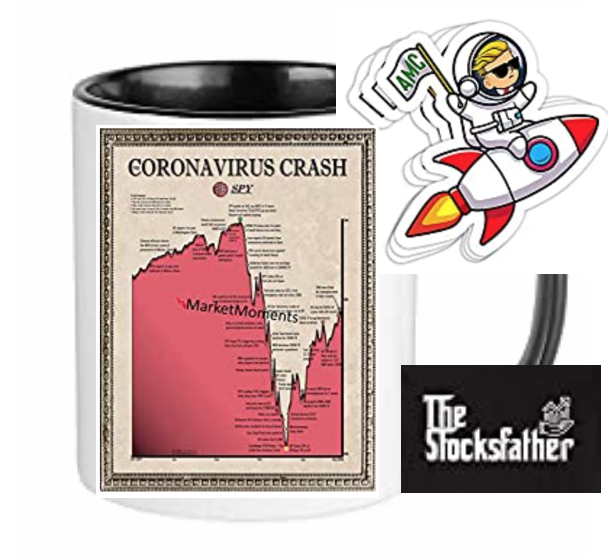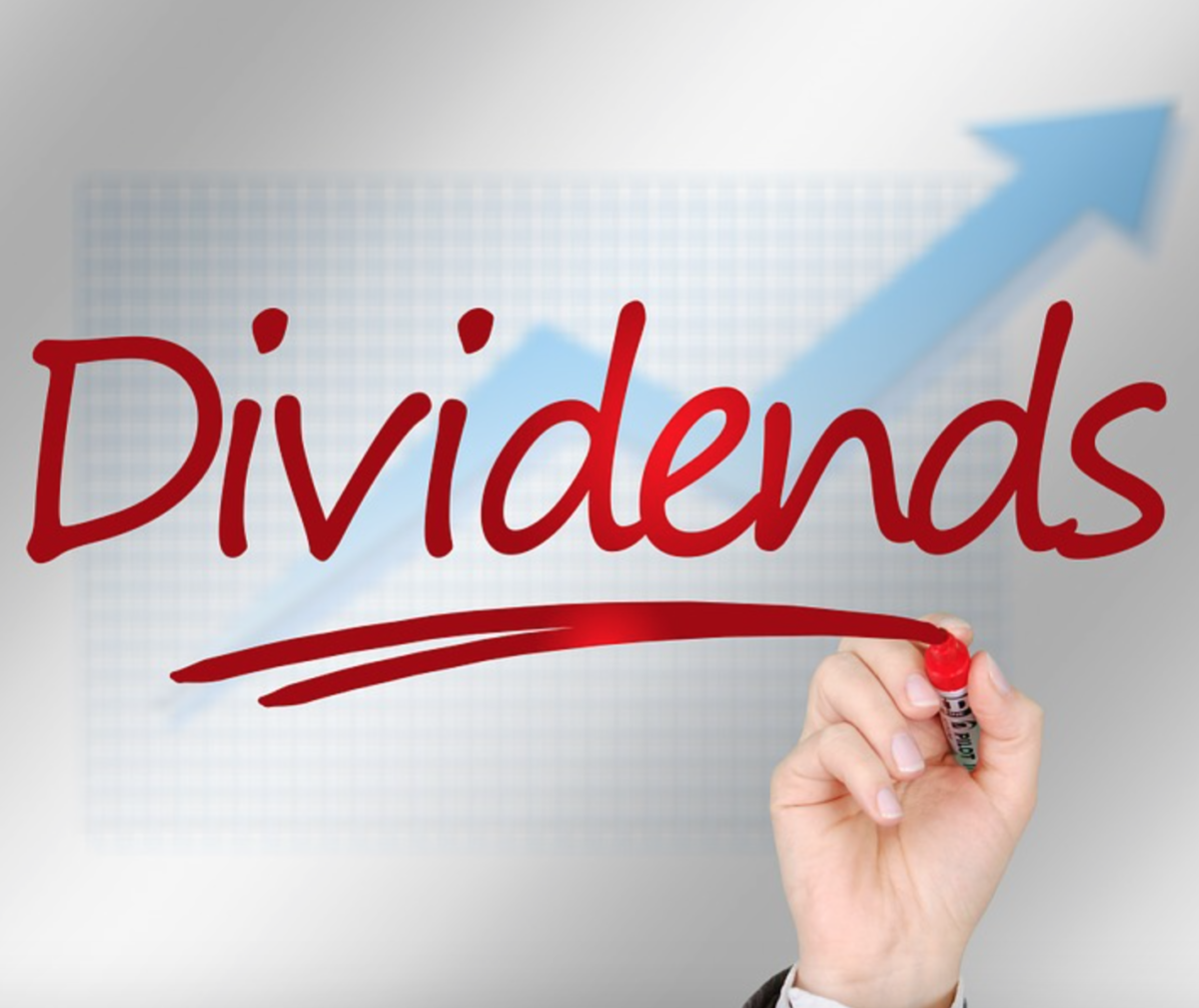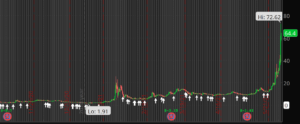Smithsonian-affiliated Aquarium of the Bay is issuing a series of official Non-Fungible Tokens (NFTs) through ViciNFT representing live images of a giant sea bass residing in the aquarium’s 750,000-gallon saltwater tunnels.
NFT’s are unique digital assets. The NFT market value tripled in 2020, and a trend toward digital collectables has continued to power the economic momentum of NFTs in the crypto market in 2021.
The NFT auction, for those who do not yet have crypto money, began Tuesday, May 18, 2021 and ends at 5 PM Eastern Time on Friday, May 21, 2021.
Can now bid on eBay.
The auction is being undertaken in support of the aquarium’s non-profit charitable mission to promote environmental education and actions that support climate resilience and ocean conservation.
Aquarium of the Bay, located on San Francisco’s waterfront at PIER 39, is home to more than 24,000 marine animals and over 200 species representing the marine biodiversity of the San Francisco Bay. Visitors from around the world tour the aquarium’s glass tunnels to watch gill sharks, bat rays, jellies, octopuses, leopard sharks, sturgeons, and more.
The Giant Sea Bass NFT includes one-and-only “lifetime” images of the aquarium’s iconic resident. The species, native to the North Pacific, is renowned for its large size and long lifespan.
The Aquarium’s giant sea bass, an imposing and popular character, will be named by the NFT winner. The bass is more than 15 years old, weigh 250 pounds, measures 5-feet 6-inches long (the size of a motorcycle), and has a stoic personality.
A giant sea bass matures around age 11 or 12 and can live 75 years. The NFT owner will receive photos and videos, authenticated by Aquarium of the Bay, every six months over the lifespan of animal.
George Jacob, FRCGS, the first Aquarium President and CEO in the United States to initiate this unique partnership in the crypto realm, says, “We are excited to navigate into unchartered waters and are delighted to steer this forward jointly with ViciNFT.”
Aquarium of the Bay’s NFT partner, ViciNFT, is led by best-selling author/literary agent Bill Gladstone, who represented Marianne Williamson, Eckhart Tolle, musician Neil Young and Deepak Chopra. ViciNFT helps world-renowned institutions curate, design, market and nurture NFTs and digital collectibles for the common good.
Gladstone said, “We are so proud to be enabling this NFT to benefit the landmark San Francisco Aquarium of the Bay. We believe that NFTs for the common good can help museums and other institutions dedicated to education and cultural appreciation address the funding challenges they face now and in the future.”
The results of Aquarium of the Bay’s first NFT auction will be announced Friday from the ViciNFT website following the close of the auction at 5 p.m. ET on May 21. Those looking to bid should proceed to the official Aquarium of the Bay auction.











